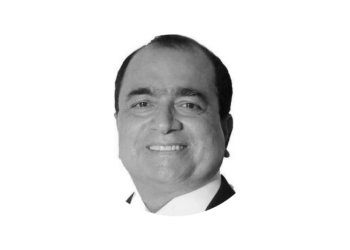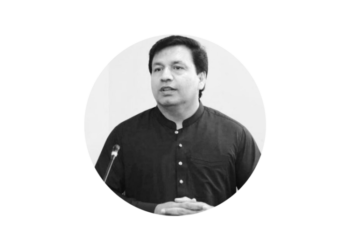![]() Follow Us on Google News
Follow Us on Google News
Following a midnight agreement on Tuesday, the PML-N and the PPP have resolved the political impasse concerning the formation of the next government. Under the deal, Shehbaz Sharif is set to lead a new coalition government in Islamabad, succeeding the one that collapsed less than seven months ago.
As part of the agreement, the PML-N and the PPP will jointly propose Asif Ali Zardari for the presidency, with the PML-N securing the Speaker of the National Assembly and the PPP gaining the Senate chairpersonship and the governorships of KP and Punjab. However, the ruling coalition will encounter formidable opposition, notably from the Sunni Ittehad Council, backed by 82 PTI-supported candidates. The opposition is poised to disrupt parliamentary proceedings and resist the stringent economic reforms mandated by the SBA with international lenders.
Moreover, public discontent is mounting due to soaring inflation, which has diminished the rupee’s purchasing power. The government may confront widespread protests, potentially escalating into violence should other political parties join PTI in opposition.
In this precarious scenario, can PDM 2 fulfill its pledges? Its primary hurdle lies in rectifying the turmoil left by the previous PDM administration, particularly in the realm of the economy. The upcoming PDM set up must enact substantial reforms, despite their unpopularity among both the masses and the opposition. The pivotal question remains: will the PML-N-led PDM 2 government opt for the arduous yet essential path, or succumb to the easier yet transient solution, thereby transferring the burden to the succeeding administration?






























